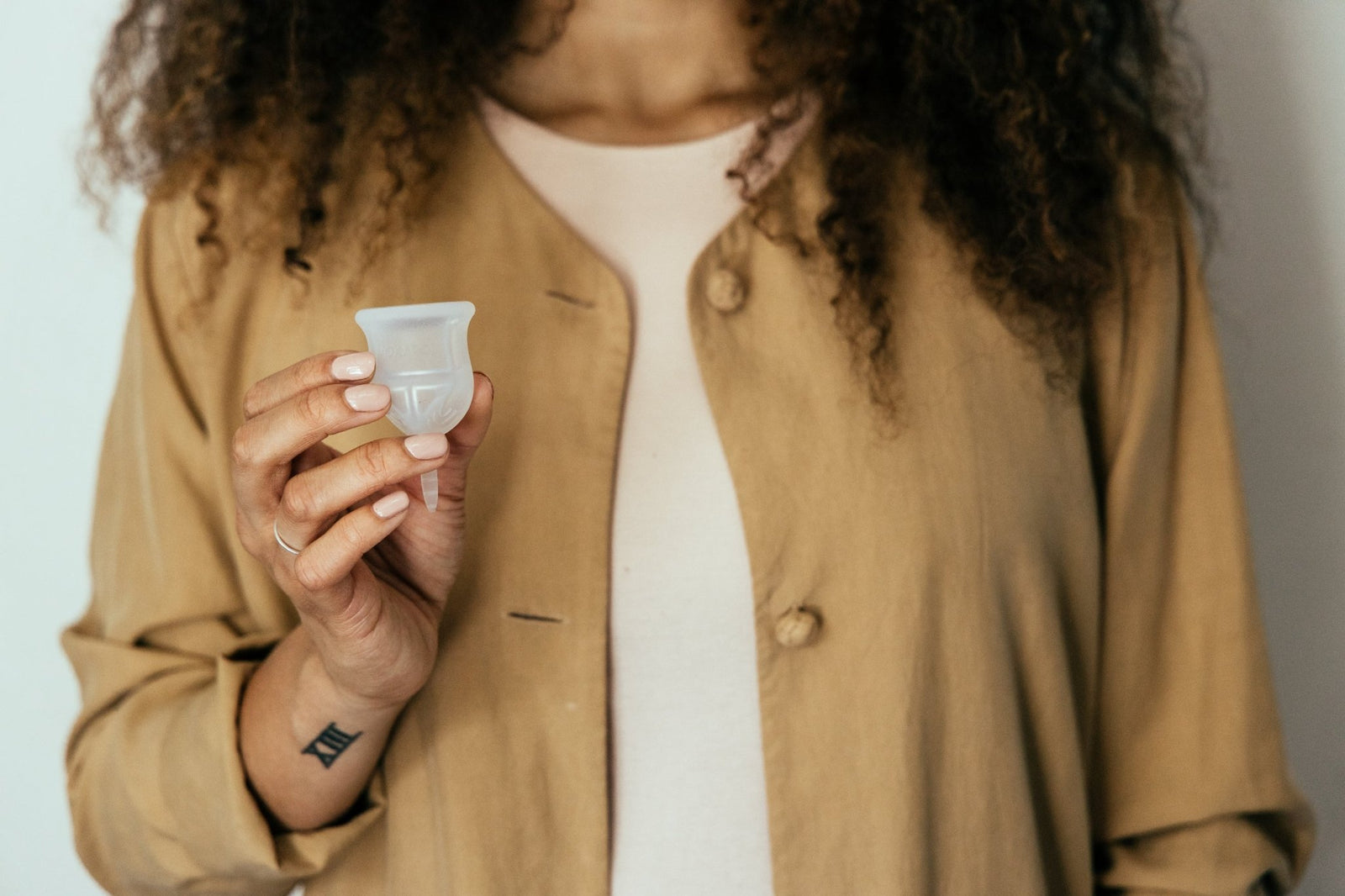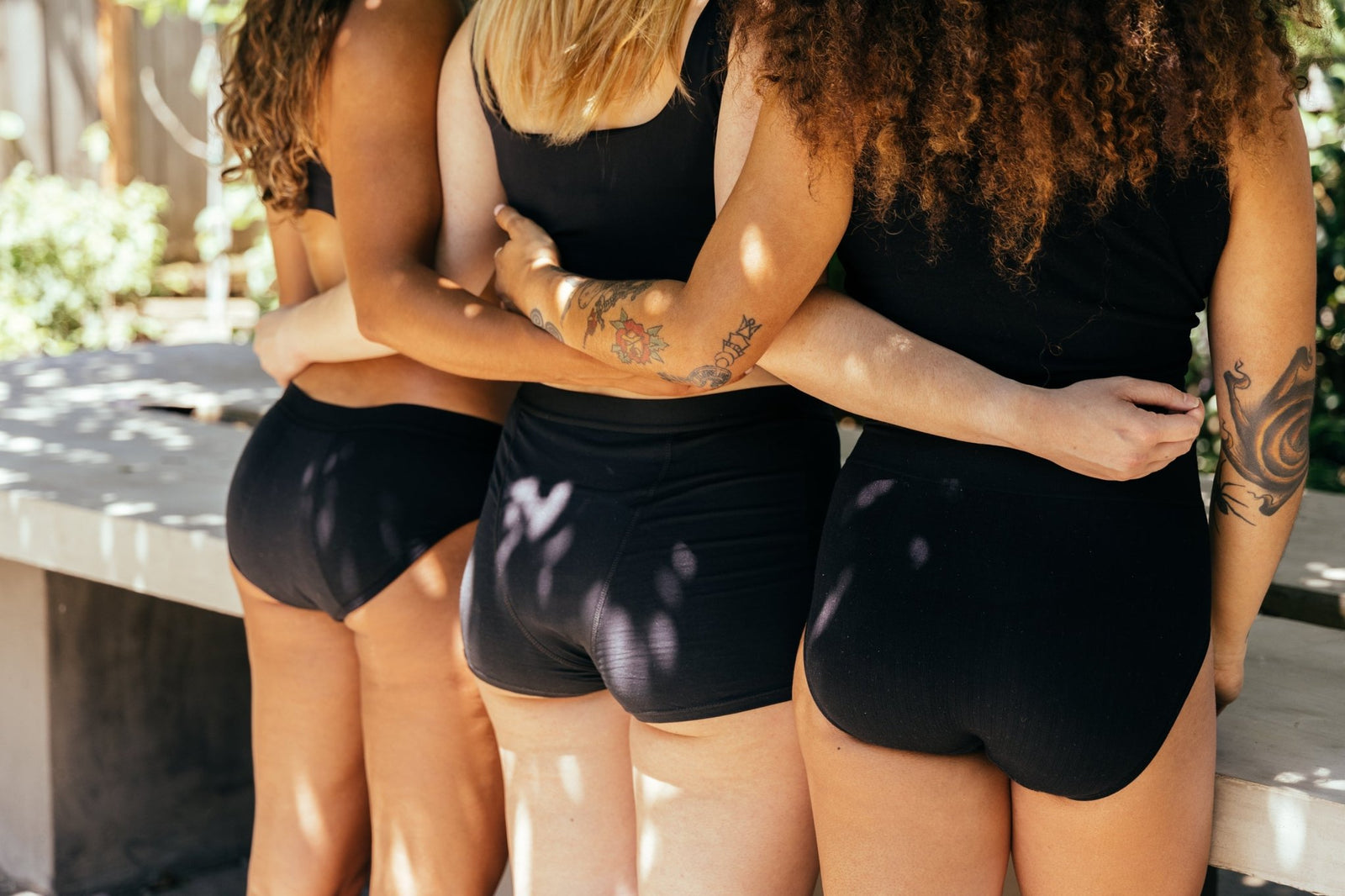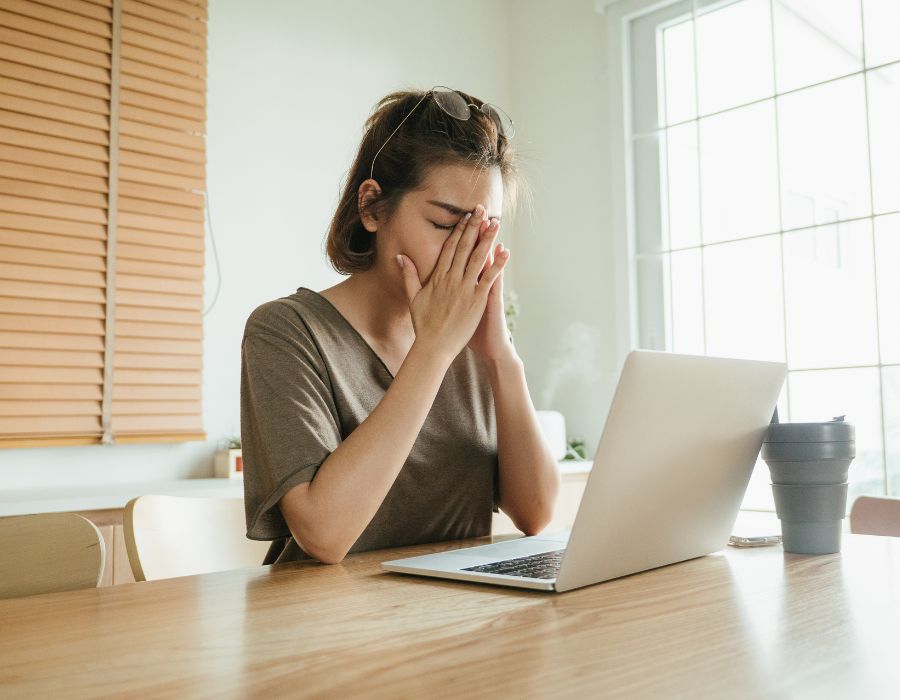
Your body is your vessel on earth, and self-care has flooded the internet with skin care and gut health tips and routines, but how do we take good care of our breasts? With one in eight women being impacted by breast cancer, it is super important to make time to take care of your body - including your breasts. More importantly, incorporating regular self-breast exams can be lifesaving.
Reasons for self-breast exams
One out of every eight women will experience breast cancer in their life. While breast cancer can be detected through a mammogram, even before you feel a lump, it is important to do regular self-breast exams every month - particularly if breast cancer runs in your family or you are before the recommended age where insurance will cover a mammogram for you. There can be several problems with your breasts that can be detected at home before you even step foot in the doctor’s office. The common ones include lumps, pain or tenderness, nipple inversion, discharge, and changes in the skin, which can be discovered at any age.
The importance behind self-breast examinations:
- 40% of the breast cancers get diagnosed after women self-detect lumps
- They make you more familiar with your breasts so you can detect any changes and tell your doctor
What is the best time of the month to do a breast self-exam?
The best time to do a breast self-examination isabout3 to 5 days after your period ends, when your breasts will be naturally less lumpy and their most normal, everyday size. This will ensure less of a chance that you'll mistake a normal bump for an abnormal growth.
How often should you do a self-breast exam?
You should do a self-breast exam every month around the same time.Don’t worry if you don’t know how to go about it – we’ve got you covered.
At what age should you start checking for lumps in your breasts?
It is recommended to begin self-breast exams around the age of 20, and continue with this practice for the rest of your life, even after menopause and during pregnancy. No need to freak out if you’ve never done it – it’s never too late to start.

Breast self-exam instructions
1. During Shower Time
When you are in the shower, you can check the whole breast and armpit region, using your fingers. Start from the outer edges of each breast and move inward following a circular pattern, checking for any thickening, lumps, or hard knots.
If you observe any changes or lumps, schedule an appointment with your OBGYN!
2. Use a Mirror
Stand topless in front of a mirror. Look carefully at your breasts, at first with the arms at your sides, then with the arms raised high over your head.
Look for any visual changes, such as dimpling, swelling, discharge from the nipples, or changes in the breast size, nipples or contour. After this, you can place your hands over your hips and then press inwards so the muscles on your chest are flexed. This will position the breasts perfectly so you can observe them for any puckering, dimpling, or other changes, specifically on one side. You can also try different poses including bending forward.
If you find your left and right breasts aren’t asymmetrical, that’s perfectly normal. Most women don’t have breasts that are exactly like each other. Now, make this a monthly habit! The more familiar you get with your breasts, the easier it will become to spot any unusual changes.
3. Lie Down and Relax
When we lie down, our breast tissues spread out evenly along our chest wall. You can detect changes easily in this flattened position. As for the breast self-examination procedure – put a pillow below your right shoulder. Now adjust your right arm behind your head. Now, bring your left hand to your right breast and gently press the pads of your middle three fingers in small circles. You can move around your breast in a definitive pattern like a spiral swirling out from the nipple or up and down as you move across. Check as far as the entire breast and armpit area goes.
Variate between light, moderate, and firm pressure to check each layer thoroughly. Don’t forget to squeeze the nipples to look for any lump or discharge. Then repeat all these steps for your left breast.
What does a breast lump feel like?
Compared to the rest of your breast tissue, a lump will usually feel harder. They can be different sizes, from a golf ball to the size of a pea. It may also be possible to move the lump around – or not. They can also vary in elasticity – some can be hard and others can be squishy.
However, it’s important to keep in mind, when feeling your breasts, they may feel different around your menstrual cycle.

5 warning signs to look out for when doing a self-breast exam
- If the size, shape, or outline of your breast changes
- Changes in your breast’s skin texture: little dimples or being dented
- Finding a rash or redness around your nipple or areas surrounding your breast
- A new bump or lumpy, swollen area in your breast or near your armpit
- Nipple discharge
Finding a change in your breasts may seem scary, but don’t sound the alarm just yet. The majority of these problems are not a result of breast cancer. And, remember: if detected early, breast cancer is very treatable.
You should, of course, schedule annual check-ups with your OBGYN and start getting an annual mammogram upon the recommended age by your doctor. This may vary based on insurance and/or your specific family or health history. In the meantime, the fastest way to check your breast health is to perform self-exams at home every month to detect anything early.
When to contact your doctor
If youdo find a lump or something unusual, schedule an appointment with your OBGYN or doctor as soon as possible. Take a deep breath: 80% of the lumps arenotcancerous, so chances are it’s nothing serious. However, early detection can save your life, so there’s nothing wrong with discussing your concerns with your doctor.
How to manage breast pain, soreness, or tenderness
If you’re experiencingbreast soreness or tenderness during your period or pain after a mammogram procedure, you can try some natural remedies at home for breast pain.
- Try anarnica cream, like Recovery Mode Cramp Cream, which is plant-based, natural, and non-toxic to help soothe breast pain and tenderness as well as period cramps.
- Apply a hot or cold compress to your breasts
- Drink tea with evening primrose or add evening primrose oil to your routine, which may change the balance of fatty acids in your cells reducing breast pain.
Your breasts are an important part of your body. They are a regular and essential part of your health – and your sexual life. So, examine them regularly to ensure they’re happy and healthy.

Maria Laura Cordoba is a lifelong learner, avid traveler, and tea lover. While she was born in Venezuela, she’s lived on four continents and speaks Spanish, French, and English––currently residing in South Korea. Her varied cultural experiences have broadened her worldview and shaped the global citizen she is today, fueling her desire for collective change to make the earth an equal place for everyone independent of gender, race, or ethnicity. She is a passionate animal rights activist and enjoys exploring Korean food markets, vegan cuisine, and getting lost in nature with her dog.




olivlia clarkson
September 19, 2025
I still can’t believe this actually happened to me. My name is oilvlia Clarkson, I’m 20 years old from Carlisle, and I work as a trainee gas engineer. A few months ago, I was struggling financially and feeling completely stuck until I came across Chief easbnam, a powerful spell caster. Honestly, I was skeptical at first, but something told me to give it a shot. After reaching out and following his guidance, my life changed in ways I never imagined. Just 48hrs later, I won the £7,533,329 million lottery! I’m still in shock. This blessing has changed my life completely, and I’ll forever be grateful to Chief easbnam for making it possible. If you’re thinking about reaching out to him, don’t hesitate. It worked for me, it can work for you too
Email: easbnamspellhome@gmail.com or whatsapp him on +2349134682114 or also contact him via his Facebook page: https://web.facebook.com/profile.php?id=61552423487938&sk=about